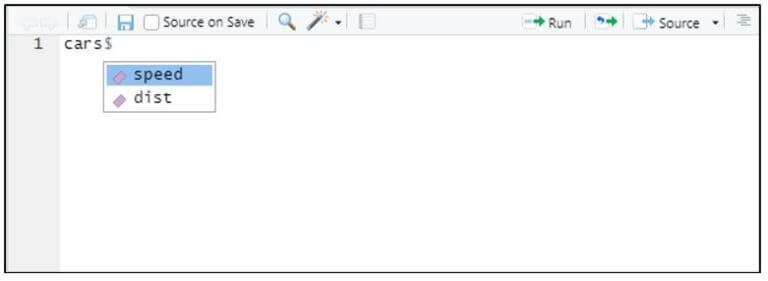

If you’re looking for inspiration or to see what’s new with R, try the rstudio::conf 2020 videos. See how an expert data analyst attacks a new dataset using mostly tidyverse packages in R. Getting Betterĭave analyzes data from the Tidy Tuesday project that he’s never seen before. It assumes no background in programming or data analysis. You can work completely online without the need to install software. The series of courses covers a full set of tools for data manipulation, analysis, and visualization using R. This online book is particularly well-suited for those in psychology as it covers the statistical methods most commonly used in the field. Learning statistics with R: A tutorial for psychology students and other beginners There’s also an online community of folks using this book to learn if you’re looking for support or a social learning experience!

It covers the tidyverse set of packages and includes exercises in each chapter (you can search for answers online). This is the resource I recommend most frequently for people looking to build data analysis and manipulation skills in R. To get started with R, see our instructions for installing R and RStudio or accessing them online. As with other guides in this series, we’re focusing on resources that can be accessed for free by members of the Northwestern community, and we’re focusing on resources other than full-length online courses. Whatever the reason, R is a great language for statistical analysis, data manipulation, and visualization.īelow are some resources to help you get started, improve your skills, or start developing R tools for others. Or maybe you just need to use one of the thousands of free packages available. Perhaps you’ve heard about how R can support a reproducible workflow, or you’re hoping to make more effective data visualizations. Maybe you’ve seen the dashboards or reports your colleagues produce with Shiny or R Markdown. This is the first in a series of posts on online learning resources for data science and programming.


 0 kommentar(er)
0 kommentar(er)
